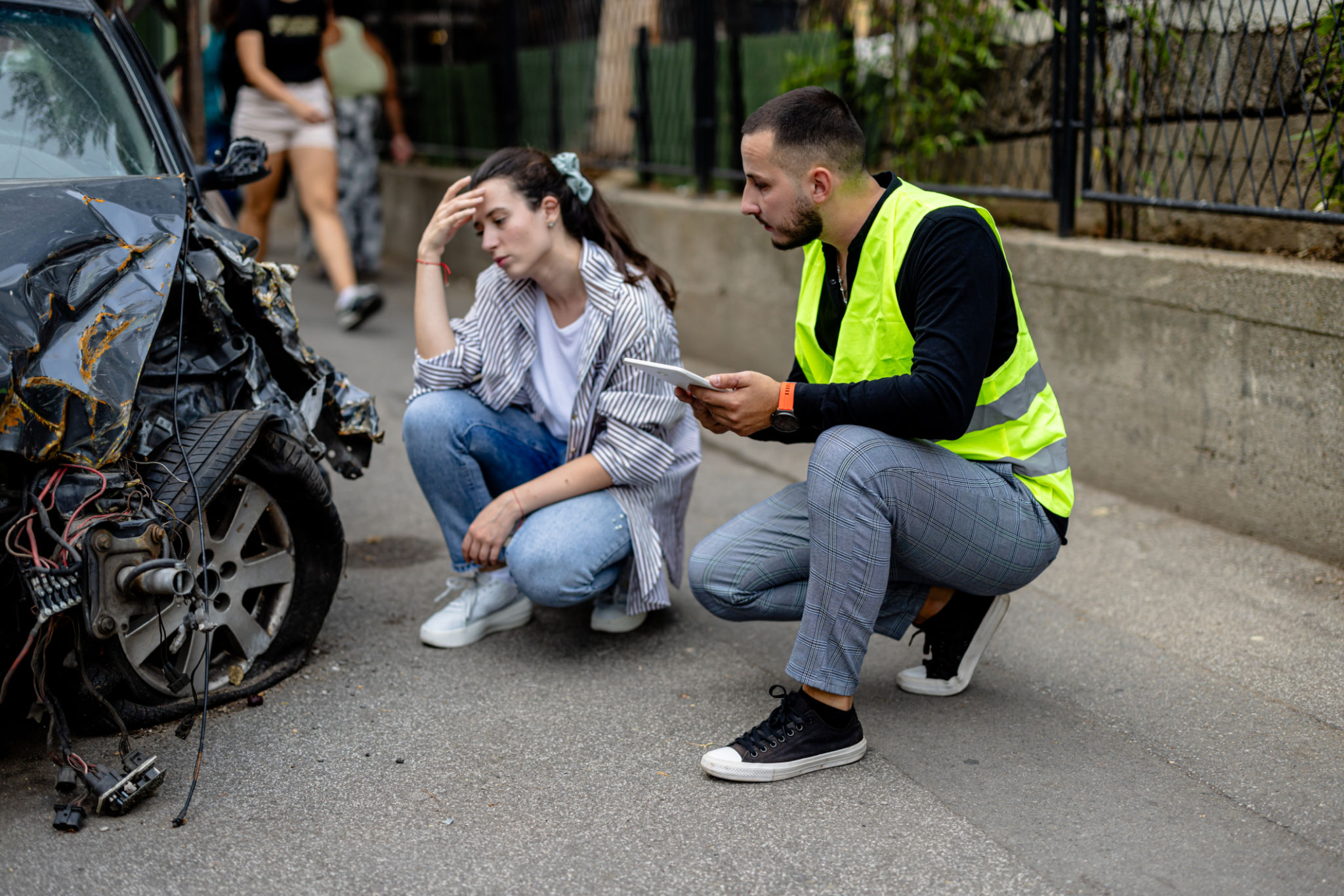How Front Radar Calibration Enhances Vehicle Safety
Understanding Front Radar Calibration
In the realm of modern automotive technology, front radar systems have become a cornerstone of vehicle safety features. These sophisticated systems are integral to advanced driver-assistance systems (ADAS), providing crucial data for functions such as adaptive cruise control, collision avoidance, and emergency braking. The efficacy of these systems relies heavily on accurate front radar calibration.
Front radar calibration ensures that the radar sensors on a vehicle are precisely aligned and functioning optimally. This process adjusts the radar's field of vision to correctly interpret data from the vehicle's surroundings, ensuring that safety features react appropriately to real-world conditions.

The Importance of Accurate Calibration
Accurate calibration is vital for maintaining the integrity of a vehicle's safety systems. If a radar sensor is even slightly misaligned, it can lead to false readings or a complete failure to detect potential hazards. This could compromise the vehicle's ability to respond in time to prevent an accident.
The calibration process typically involves specialized equipment and software that align the radar sensors according to the manufacturer's specifications. This ensures that every sensor communicates effectively with the vehicle's onboard computer systems to enhance overall safety.
When is Calibration Necessary?
Front radar calibration is not just a one-time task. It is necessary under several circumstances, such as:
- After a collision or minor accident, which might misalign the sensors.
- Following windshield replacement or repair, as sensors are often located near or on the windshield.
- When installing new ADAS features that require precise sensor input.

Steps in the Calibration Process
The calibration process generally involves a series of steps that ensure precision and accuracy. Here is a brief overview:
- Initial Assessment: The vehicle is examined to check for any visible damage to the radar sensors.
- Use of Calibration Tools: Specialized tools and software are connected to the vehicle's diagnostic port.
- Alignment and Adjustment: The sensors are adjusted according to data provided by the vehicle's manufacturer.
- Final Testing: The system is tested to ensure accurate readings and functionality.
The Role of Technicians
Professional technicians play a crucial role in the calibration process. Their expertise ensures that the radar systems are finely tuned for optimal performance. These technicians are trained not only in using calibration equipment but also in understanding manufacturer-specific requirements for different vehicle models.

The Future of Vehicle Safety
As automotive technology continues to evolve, the importance of front radar systems and their calibration will only increase. With the development of autonomous vehicles and more advanced ADAS features, precise sensor alignment will be critical in reducing accidents and enhancing passenger safety.
In conclusion, front radar calibration is an essential aspect of modern vehicle maintenance. Ensuring that these systems are accurately calibrated can significantly enhance vehicle safety, providing peace of mind for drivers and passengers alike. As we move towards a future with smarter, safer vehicles, staying informed about the importance of calibration will remain key.